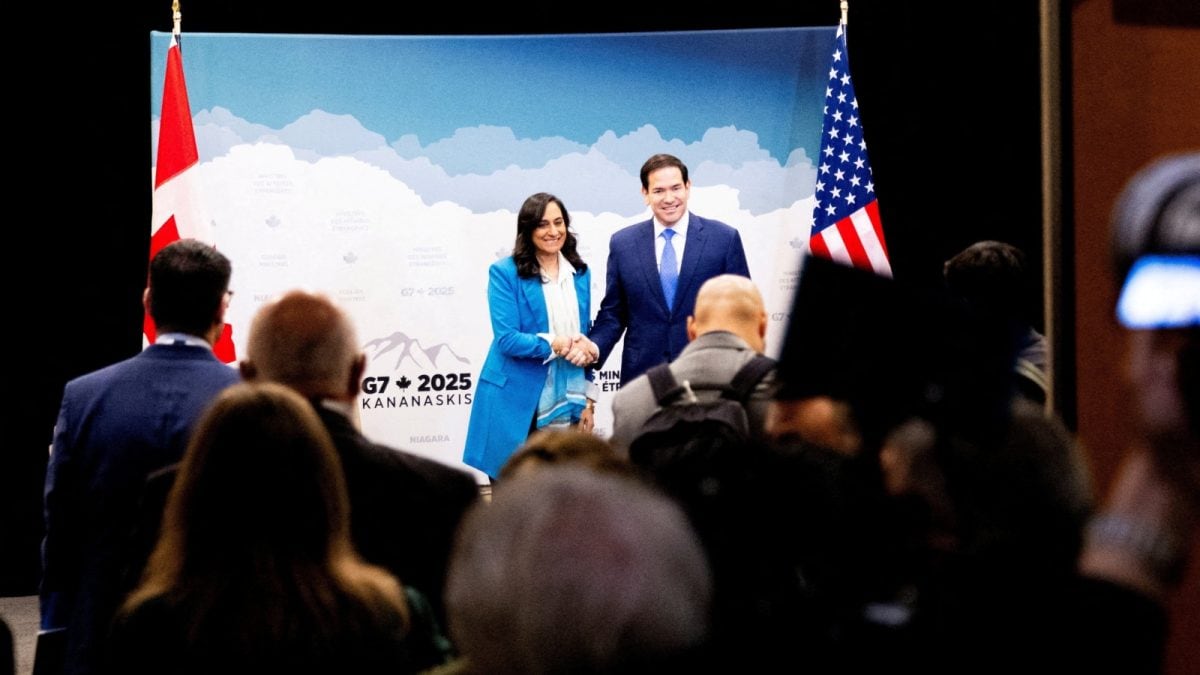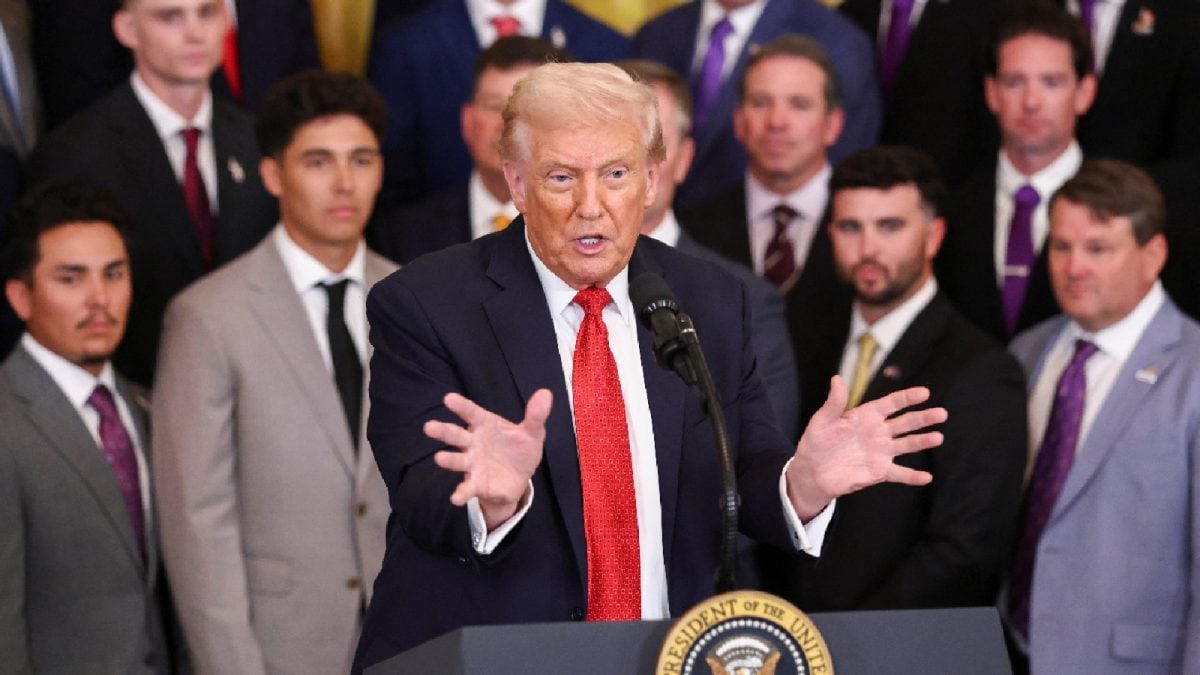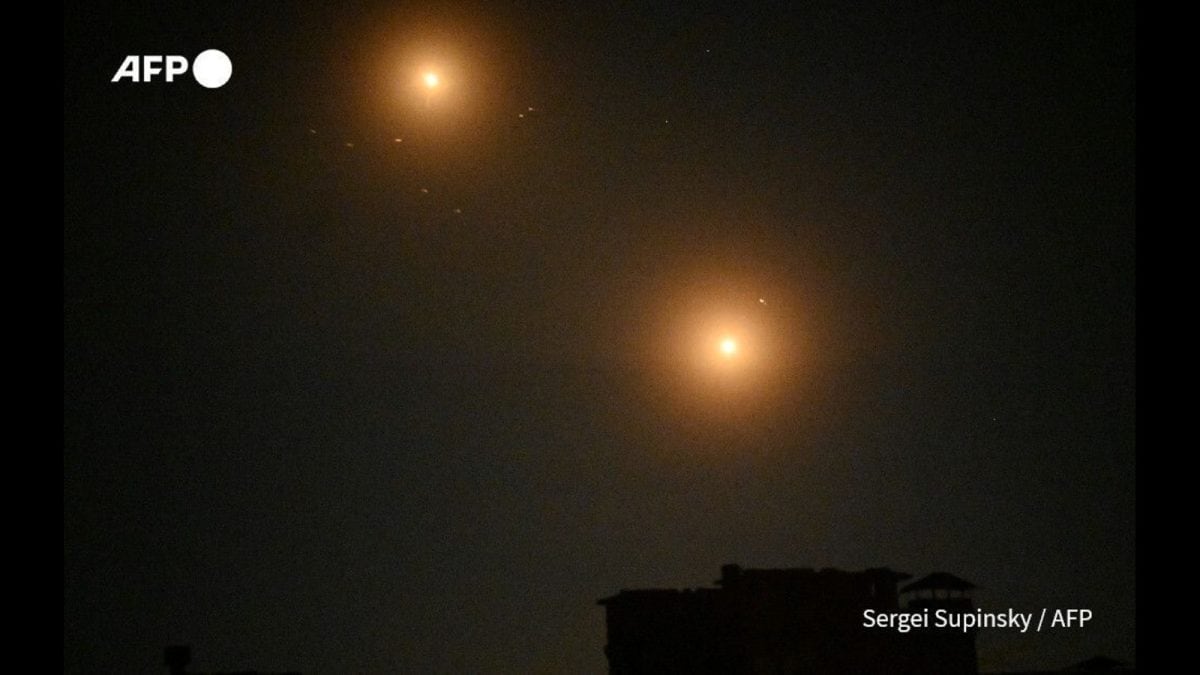Oil and gas giant Inpex has proposed Australia’s largest carbon capture facility in waters off the Northern Territory, which climate advocates have warned could turn Darwin into a carbon dumping ground.
The Bonaparte carbon capture and storage (CCS) project proposes to pipe and store 8m to 10m tonnes of carbon dioxide (CO2) into an underground aquifer located about 250km offshore west of Darwin, according to documents lodged with the federal environment department.
Analysts said those volumes – if achieved – would make it one of the largest CCS projects in the world, while noting that most failed to meet their targets.
The Bonaparte project, a joint venture between Inpex, TotalEnergies and Woodside Energy, involved sourcing CO2 from “a range of industrial facilities in the region”, including nearby liquefied natural gas plants, and eventually imports from the Asia Pacific. Carbon emissions would be transported offshore via a pipeline through Darwin harbour.
Sign up to get climate and environment editor Adam Morton’s Clear Air column as a free newsletter
Environmentalists have raised concerns that the project would be used to justify the further expansion of fossil fuels in the territory.
Globally, 77 CCS projects were now in operation, capturing about 64m tonnes a year, according to an industry status report.
Josh Runciman, the lead Australian gas analyst at the Institute for Energy Economics and Financial Analysis, said most CO2 captured by the industry was used for enhanced oil recovery, a way to extract more oil and gas from reservoirs.
In practice, he said most CCS projects designed purely to capture and store carbon dioxide had “massively underperformed”, and many ceased operation sooner than intended.
Australia now had two commercial scale CCS projects: Santos’s Moomba project in South Australia and Chevron’s Gorgon facility in Western Australia. The Inpex proposal would be much larger.
“A 10m tonne per annum target would make this the largest CCS project globally,” Runciman said – but even assuming it reached those targets, that would be a “very small fraction” of the CO2 emissions globally from oil and gas.
The Gorgon facility, which started injecting carbon dioxide in 2019, had captured less than half of the volumes it had originally intended, at a cost of more than $200 a tonne, he said.
The Guardian contacted Inpex for comment but did not receive a response. In July, the company’s managing director, Tetsu Murayama, said in a statement: “The Bonaparte CCS project could substantially contribute to decarbonising northern Australia and potentially the wider Indo-Pacific region.”
skip past newsletter promotionafter newsletter promotion
The Bonaparte project was one component of larger plans to convert Darwin’s Middle Arm Peninsula into a hub for carbon import and storage, with Dutch company Vopak separately developing a dedicated import terminal for liquefied CO2.
Environment Centre NT said the proposals risked turning the Top End into the “world’s largest carbon dumping ground”.
The group’s senior climate campaigner, Bree Ahrens, said: “This is a dirty deal to import the world’s pollution, and the Albanese Government needs to rule it out.”
The environmental organisation expressed concerns that CCS was being used to greenwash a massive expansion of gas production in the Northern Territory.
“Carbon capture and storage is just a fossil fuel industry’s excuse to keep extracting coal and gas while pretending to care about climate change.

 5 hours ago
5 hours ago













